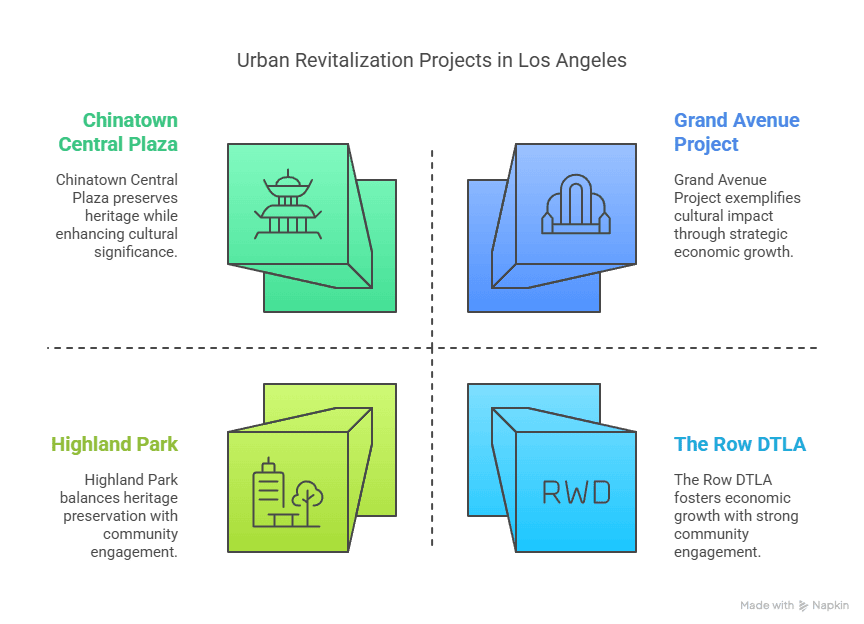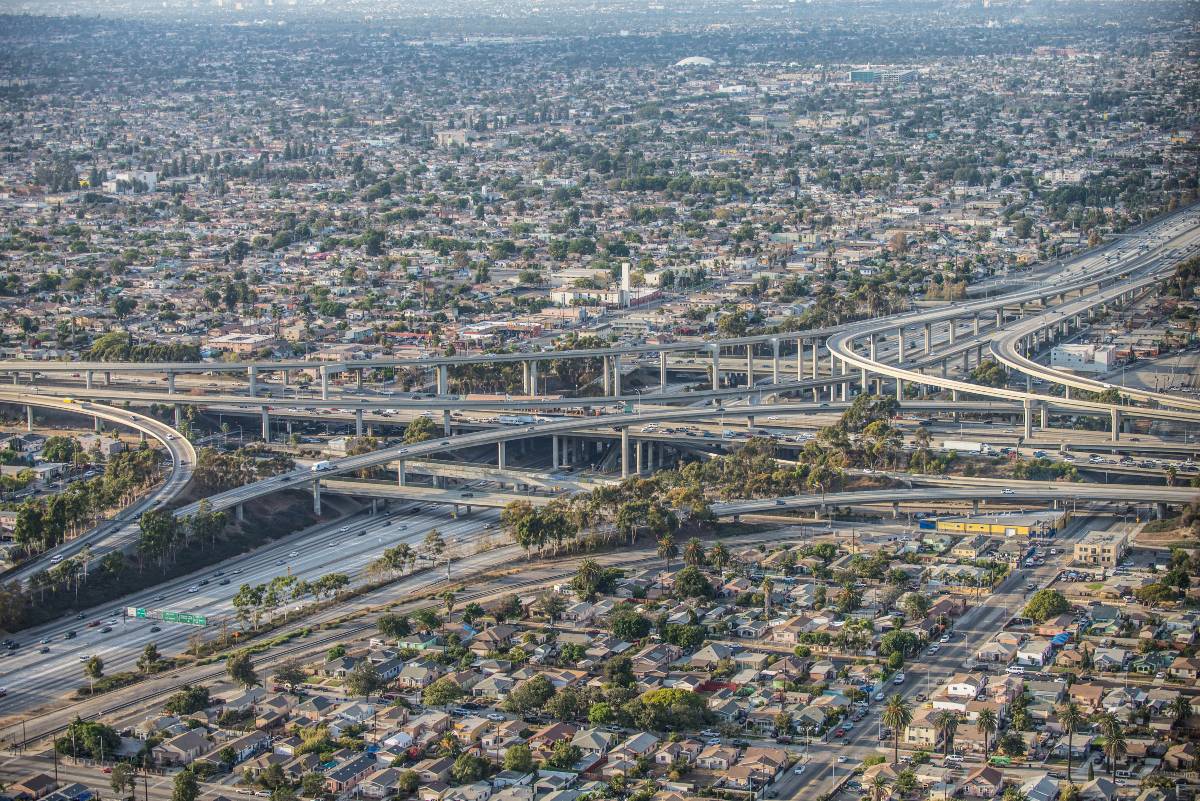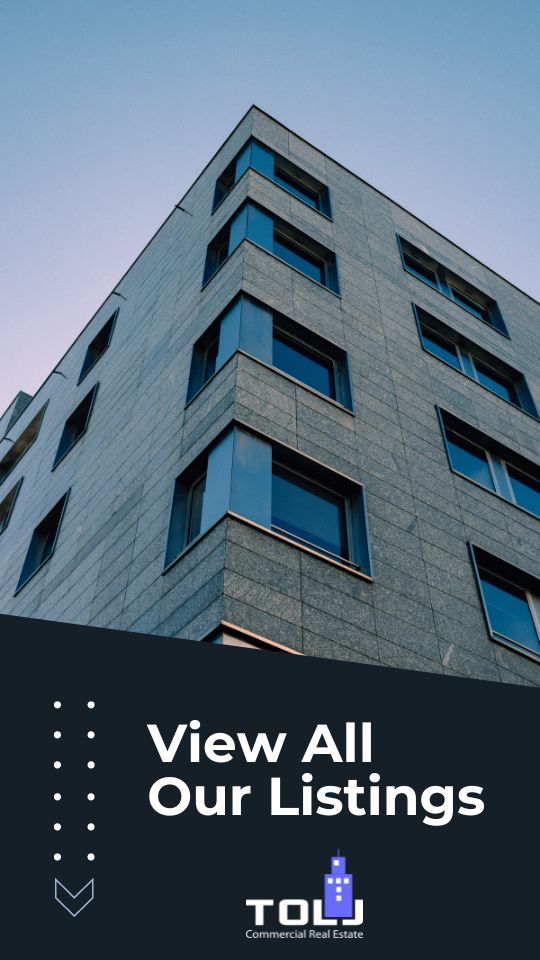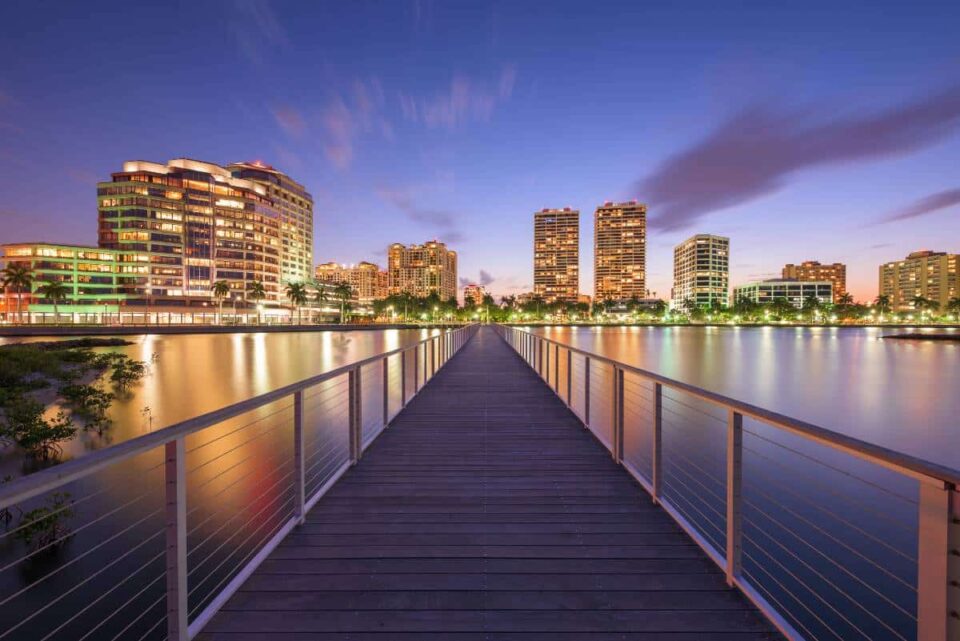When you walk through today’s Downtown Los Angeles or Arts District, it’s hard to imagine these vibrant areas were once considered urban blight. As someone who’s spent nearly two decades helping business owners and landlords navigate LA’s commercial real estate landscape, I’ve had a front-row seat to our city’s incredible transformation. The story of Los Angeles urban revitalization projects isn’t just about property values—it’s about reimagining community spaces and breathing new life into forgotten corners of our sprawling metropolis.
Key Takeaways
- Los Angeles is experiencing an urban renaissance through strategic redevelopment initiatives that blend historic preservation with modern community needs.
- Public-private partnerships have been crucial in transforming neglected neighborhoods into thriving economic centers while maintaining cultural authenticity.
- Sustainable development practices are at the forefront of LA’s most successful urban renewal projects, creating eco-friendly spaces that benefit residents and businesses alike.

The Row DTLA: From Produce Market to Creative Hub
One of my favorite success stories has to be The Row DTLA. What was once the historic LA Terminal Market has been thoughtfully redeveloped into a 30-acre mixed-use campus while preserving its industrial character. The adaptive reuse project maintains the original concrete buildings but has reimagined the spaces to house creative offices, boutique retail, art galleries, and some of the city’s most innovative restaurants.
What makes The Row truly special is how the developers approached community integration. Rather than simply gentrifying the area, they created public spaces that welcome visitors from all walks of life. The weekly Smorgasburg food market attracts thousands of Angelenos every Sunday, creating a genuine community gathering place where the historic wholesale produce market once stood.
For commercial property investors, The Row demonstrates how thoughtful urban infill development can transform industrial zones into high-value mixed-use destinations without erasing neighborhood identity.
Highland Park: Neighborhood Revitalization Done Right
Highland Park’s revival along York Boulevard and Figueroa Street represents one of the most organic neighborhood redevelopment stories in recent LA history. This area has managed the delicate balance of economic development without wholesale displacement, though not without challenges.
The commercial corridor transformation began with small-scale adaptive reuse projects—old auto shops became craft breweries, vacant storefronts transformed into indie bookstores, and historic buildings found new life as community-serving businesses. What’s remarkable is how many of the commercial rehabilitation projects maintained the original architectural details while upgrading infrastructure.
As a commercial real estate professional, what business owners consistently value is the place’s authentic neighborhood character combined with the growing economic vitality. The area demonstrates how incremental urbanism and thoughtful placemaking can revitalize a neighborhood more sustainably than large-scale redevelopment.
Grand Avenue Project: Cultural Corridor Transformation
The Grand Avenue Project represents Los Angeles’s commitment to creating a world-class cultural corridor through public realm improvements and strategic infill development. Anchored by landmarks like The Broad museum, Walt Disney Concert Hall, and now the completed Grand LA mixed-use development, this corridor has transformed Bunker Hill from an isolated office district into a vibrant destination.
The public-private partnership behind this urban design initiative has created pedestrian-friendly streetscapes, increased green space, and established critical density through residential and hotel components. What particularly interests me is how this cultural investment has catalyzed the surrounding neighborhood regeneration and commercial property value appreciation.
The project showcases how strategic public investments in civic and cultural assets can drive private development and create a truly dynamic urban core. For property owners in Downtown LA, the Grand Avenue revitalization has been a masterclass in how targeted urban planning initiatives can transform entire districts.
Chinatown Central Plaza: Heritage Preservation and Economic Revival
Chinatown’s Central Plaza revitalization effort stands out for its focus on cultural heritage preservation while addressing economic development needs. This historic district had been experiencing declining foot traffic and commercial vacancy, but a coordinated approach to urban economic development has breathed new life into the area.
Local business improvement districts partnered with property owners to restore historic facades, improve public spaces, and attract a complementary mix of traditional and contemporary businesses. What makes this urban renewal approach special is its commitment to maintaining Chinatown’s authentic character while creating new economic opportunities.
Culver City Arts District: From Industrial Zone to Creative Quarter
Few areas exemplify successful industrial area redevelopment like the Culver City Arts District. This former manufacturing zone has been transformed through adaptive reuse strategies that converted warehouses into creative offices, galleries, and entertainment venues while maintaining the neighborhood’s industrial aesthetic.
The Hayden Tract section particularly showcases how architectural innovation can reimagine utilitarian spaces. Developers worked with visionary architects to transform mundane industrial buildings into stunning workspaces that now house technology companies, design firms, and media businesses.
What’s fascinating is how this area established a clear identity that attracted complementary businesses, creating a self-reinforcing ecosystem of creative industries. The area’s success demonstrates how strategic zoning changes and property repositioning can completely transform an industrial corridor’s economic trajectory.

FAQs
How do urban revitalization projects affect commercial property values in surrounding areas?
What role do Business Improvement Districts (BIDs) play in LA’s urban revitalization?
How is Los Angeles addressing gentrification concerns in revitalized neighborhoods?
What incentives are available for adaptive reuse projects in Los Angeles?
How is sustainability being incorporated into LA’s urban revitalization efforts?
Conclusion
The urban revitalization projects reshaping Los Angeles neighborhoods represent more than just property development—they’re reimagining how we live, work, and connect in our city. As LA continues to evolve, the most successful community development initiatives will balance economic growth with cultural preservation, sustainability, and genuine community engagement.
If you’re considering investing in LA’s next emerging neighborhood or wondering how your property might benefit from the city’s ongoing renaissance, I’d love to provide my perspective as a specialist. Reach out today to discuss how these urban transformation trends might impact your real estate decisions—the next chapter of LA’s revitalization story might just include your property.




